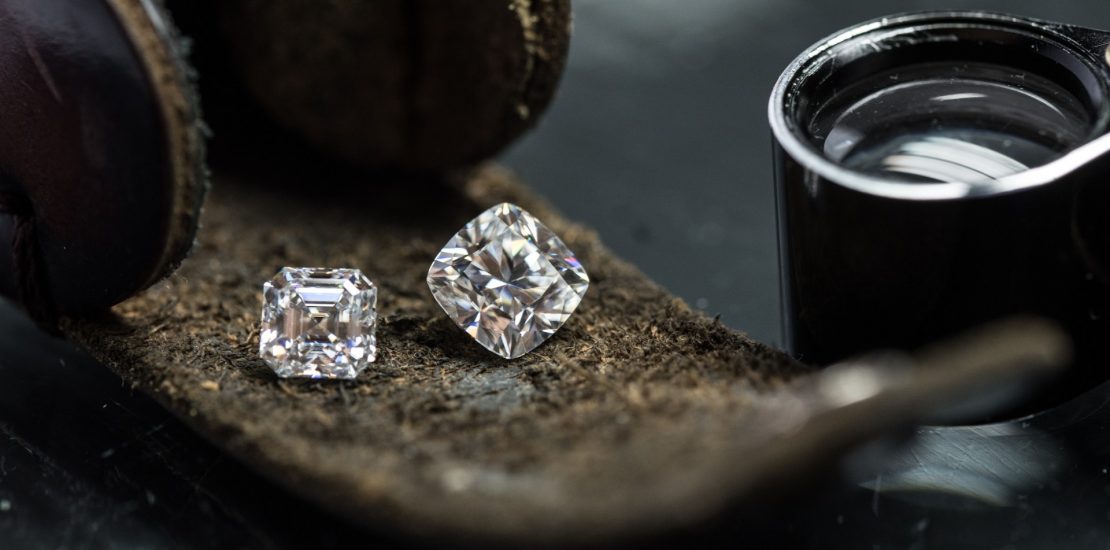- January 8, 2021
- Posted by: adminz
- Category: News

The natural and lab-grown diamond industry both raised the stakes in 2020, contending for consumers whose behaviors are rapidly evolving.
The debate between lab-grown and natural diamonds is only set to get hotter in 2021.
A November report by MVI Marketing estimated that lab-grown diamonds will “go mainstream” relatively soon, with sales and behavior indications pointing to the stone’s growing popularity with consumers. But the diamond mining industry hopes to have the last word, ramping up the efforts of its lobby group, the Natural Diamond Council, via marketing, press and retail pushes.
“Consumers are most drawn to the size-to-value equation. Shopping within a budget, as most consumers do, when shown both mined and lab-grown diamonds, the bigger stone of the same quality in lab-grown diamond appears to be the winning proposition for most couples getting engaged. Eco-friendliness is the icing on their diamond cake, especially for Millennials,” said Marty Hurwitz, chief executive officer of MVI Marketing, which has tracked lab-grown diamonds since 2004. His report estimated that 50 percent of independent jewelers in the U.S. would carry lab-grown diamonds in time for this holiday season.
According to MVI, lab-grown diamonds offer consumers an average of 30 percent value for price and size, compared with natural stones and most retailers report better profit margins with lab-grown stones than natural diamonds (between 16 to 40-plus percent) — a crucial source of revenue during this challenging economic period.
But the natural diamond industry was waiting in the wings, with experts warning that lab-grown diamonds are a poor investment — projected to steadily fall in value over time. Natural diamonds, by contrast, are being sold as a safe store of value and a purchase that uplifts communities in the remote areas where diamonds are mined. In September, the NDC unveiled Ana de Armas (she of “Knives Out” fame) as its global spokesmodel.
“Not only are natural diamonds nature’s most beautiful billion-year creation, they are also a precious resource for people and economies in the countries where they are found. Behind every naturally sourced diamond are schools, free education, hospitals, roads and wildlife reserves,” Kristina Buckley Kayel, managing director of NDC North America, said during WWD’s Culture Conference on sustainability in September. “A mine can only exist and operate if it works in symbiosis with government, local community and environmental authorities. Consider the fact that, on average, it takes 10 years for a mine to even open. Members provide opportunity for isolated communities in remote areas of the Earth where diamonds are found that would otherwise have limited, if any, alternatives,” she added. – wwd.com

